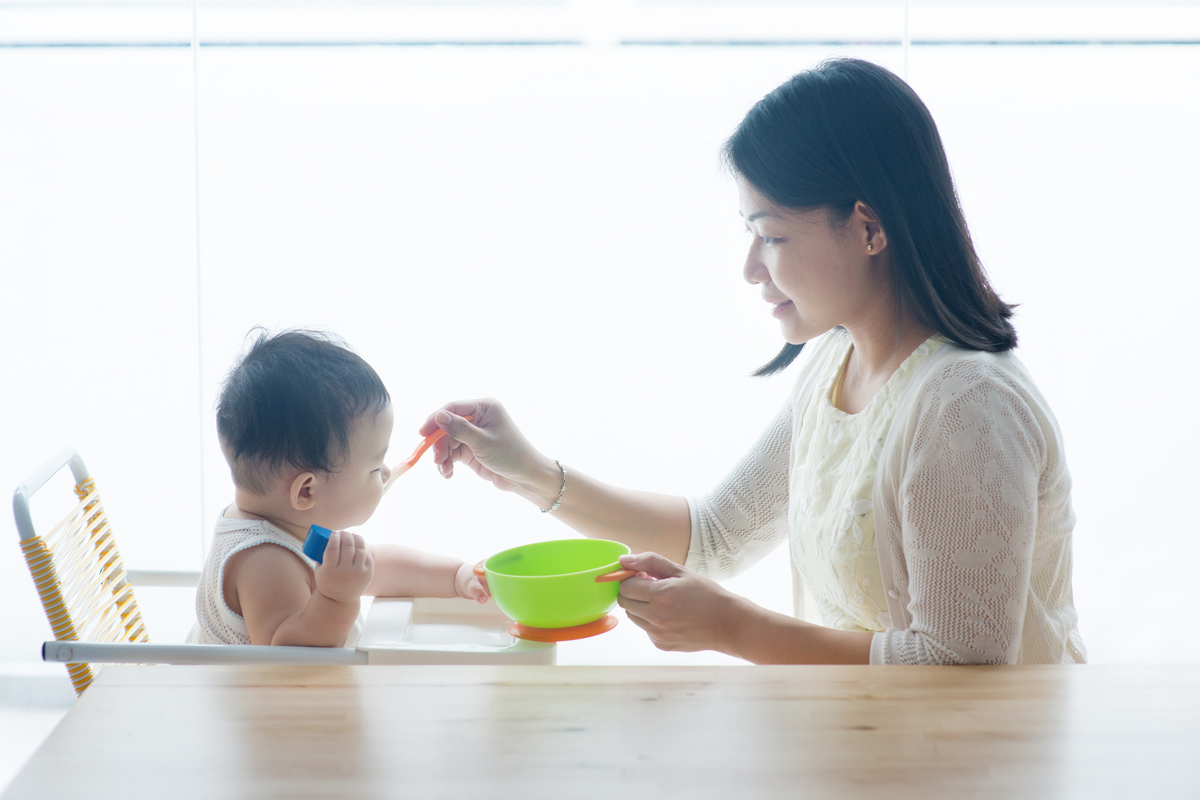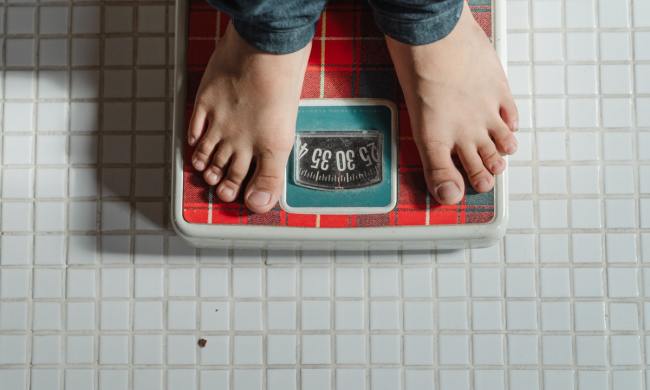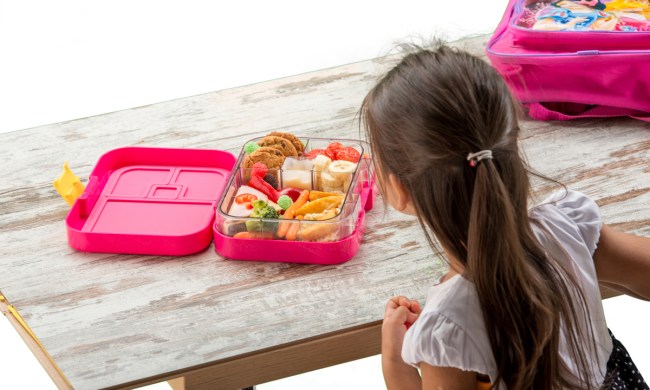New parents don’t always have time to mind the details or read up on the latest parenting science especially as it relates to serving baby food. Most of the time, they’re just trying to make sure the diaper pail is still upright. This can sometimes be the case when it comes to your baby’s transition from milk or formula to solid baby food.
Pediatricians recommend a gradual approach. Current guidance outlines four distinct stages of solid food, which begin at around 4 months of age and progress forward over a roughly eight-month period. The change can feel like a slog, but it’s gradual for a reason. Your baby’s system needs time to safely acclimate to some pretty big changes to their tiny, vulnerable, and ever-changing systems.
During this transition, parental confusion or even impatience can understandably arise. This may be particularly true during the middle two baby food stages. Stage 2 and Stage 3 both call for special food preparations or products, which at first may seem similar or interchangeable. But there are key differences to baby food stages that every new parent should understand.

Here, we’re taking a quick look at the four baby food stages, then examining the specific differences between stages 2 and 3. We will then offer some examples of products that are available on the market if you choose to purchase your baby food (and of course, you can always make your own if you desire).
As always, when in doubt contact your pediatrician or another healthcare provider who can answer questions and help you find the solution that best fits you and your child.
The baby food stages
Remember that the time frames listed here are general and approximate. The main measurement to remember before you move to a new stage is whether your baby has mastered the current one.
- Stage 1: 4 to 6 months (watery puree of a single ingredient)
- Stage 2: 6 to 9 months (thicker texture, but still pureed or strained)
- Stage 3: 10 to 12 months (mushy texture containing small, soft chunks)
- Stage 4: After 12 months (baby-sized chunks, no puree or mush necessary)
The first and fourth stages are the most self-explanatory of the bunch, but let’s now look at stages 2 and 3 in-depth and determine the differences between them — and what your baby can safely eat and when.

Stage 2 baby food
Stage 1 baby food is known for a texture so highly pureed that it almost reaches a liquid stage. Stage 2 essentially means the food has a thicker consistency, resembling just a bit more the “regular food” that adults and older children eat. It is still pureed or finely blended, though, so it is still easy for babies to eat and digest, but also contains soft chunks or is simply thicker.
The goal behind Stage 2 is largely physical or mechanical: It helps the baby gradually develop the ability to chew, swallow, and digest solid foods.
Stage 2 baby food can be bought at the store or made at home. Also, unlike Stage 1 food, Stage 2 can combine different foods — say, pureed chicken and broccoli.
Examples of Stage 2 baby food include:
- Earth’s Best Organic Stage 2 Baby Food, Apple Peach and Oatmeal
- Gerber 2nd Foods Sweet Potato & Turkey Pureed
- Plum Organics Baby Stage 2 Food, Hearty Veggie, Pumpkin, Spinach, Chickpea, and Broccoli
Stage 3 baby food
Stage 3 is when babies no longer need food to be so heavily pureed. If it’s nutritious and cut into a mushy consistency, it’s more or less fair game (though you may want to steer clear of the jalapeños for just a little while longer).
Mashup some ripe fruit or cut up some veggie or lean meat. Soft cheese is perfectly acceptable at this stage, as are scrambled eggs or tofu. Now’s the time to experiment (again, within reason) to find out what your baby likes or doesn’t.
Can a 6-month-old eat Stage 3 food? It’s a common question, and while that may be more convenient, skipping or jumping up a level is not considered safe unless your little one can chew and swallow at his or her current stage without difficulty. That’s why it’s so important to pay attention to the different food stages and — most importantly — your baby’s eating behaviors.
Examples of Stage 3 food include:
- Gerber Yogurt Melts, Strawberry and Mixed Berry
- Earth’s Best Organic Stage 3 Baby Food, Chicken Pot Pie Dinner
- Gerber Pick-Ups, Diced Apples in White Grape Juice
- Sprout Organic Baby Food Pouches, Stage 3, Root Vegetables and Apple with Beef
When it comes to feeding your baby, you’ll want to be sure to give them the most nutritious foods possible that are also appropriate for their age and eating behaviors. By paying attention to the different baby food stages, you’ll be one step ahead of the game.



